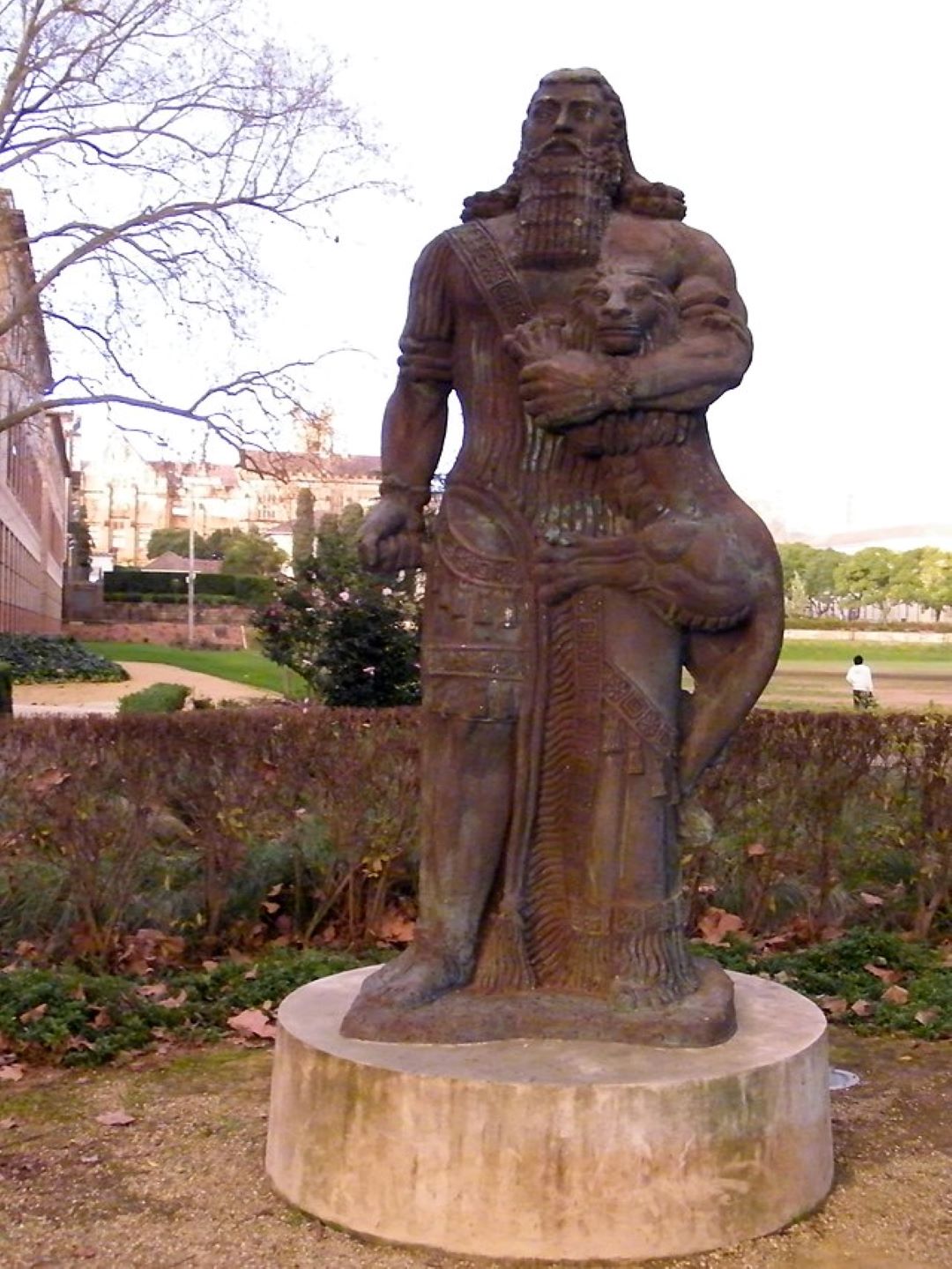The Historical Significance of Gilgamesh
Gilgamesh, a semi-divine figure from the early third millennium BC, has captivated historians and scholars for centuries. His story, “The Epic of Gilgamesh,” is a cornerstone of early literature, exploring themes of heroism, friendship, and the quest for immortality. The epic provides invaluable insights into the religious, cultural, and social fabric of ancient Mesopotamia. Thus, the potential discovery of his tomb is more than just an archaeological find; it represents a tangible connection to a world that has long fascinated humanity.
Technological Advances: A New Era in Archaeology

The use of modern technology has revolutionized the field of archaeology. The magnetic surveys conducted by the German team exemplify this advancement. By mapping soil magnetization, researchers can reveal hidden structures beneath the surface, a technique that has illuminated the ancient city of Uruk in unprecedented detail. This technological prowess allows us to peer into the past with a clarity that was once unattainable, providing a new dimension to our understanding of historical sites.
A Shocking Discovery: The Dried Euphrates and Gilgamesh

In a stunning twist of events, the drying up of the Euphrates River has coincided with the unexpected discovery of a giant figure believed to be Gilgamesh. As reported on April 15, 2023, the once-mighty Euphrates, which has flowed through Syria and Iraq for millennia, has largely disappeared. This ancient river, stretching approximately 1,740 miles from Turkey to the Persian Gulf, has left behind a landscape revealing remnants of Mesopotamian mythology. The coincidence of this river’s disappearance and the discovery of a colossal figure linked to Gilgamesh raises intriguing questions about the intersection of myth and reality.
The Interpretation of Ancient Texts

One of the most intriguing aspects of the discovery is the alignment between the physical findings and the descriptions in “The Epic of Gilgamesh.” The presence of sophisticated canal systems and other infrastructure matching the epic’s narrative lends credence to the authenticity of the find. However, while such correlations are compelling, they also raise questions about interpretation. Can we be certain that these findings are directly related to Gilgamesh, or could they represent another era or figure? The process of matching literary descriptions to physical evidence is fraught with challenges and requires meticulous scholarly work.
The Broader Implications for Historical Research

The potential discovery of Gilgamesh’s tomb does more than uncover a single historical figure; it offers a glimpse into the broader historical and cultural context of Mesopotamia. Uruk, one of the most powerful cities of the ancient world, was a hub of innovation and influence. Uncovering its remnants not only sheds light on Gilgamesh’s era but also enhances our understanding of the urban and societal dynamics of early Mesopotamian civilization.
Conclusion

The quest to uncover Gilgamesh’s tomb represents a fascinating intersection of myth and reality, driven by advancements in technology and a relentless pursuit of historical truth. As archaeologists continue to explore and interpret these ancient sites, the story of Gilgamesh—both his epic and his legacy—remains a testament to the enduring power of human curiosity and the search for our collective past. The journey from legend to reality is a reminder of the profound ways in which history and myth intertwine, shaping our understanding of the world and ourselves.







